Forensic Engineering Considerations When Investigating Falls on Commercial Properties
When investigating the cause of a falling accident, forensic engineers employ a multi-pronged approach to determine the cause, who is liable, and what it would take to bring the area in question into safety compliance. Through physical evidence evaluation, environmental assessments, and technical reconstructions of the incident, they point out root causes of the incident … Read more
Case Study: Whitehouse School Energy Audit
Client: Whitehouse School in Readington Township, NJ Challenge: According to the Department of Energy’s Office of Energy Efficiency and Renewable Energy, the K-12 school building sector spends $6 billion dollars a year on energy bills. Second only to teacher salaries, utility bills require more from the average school budget than textbooks and computer equipment combined. Imagine … Read more
Indicators of an Objective Professional Forensic Engineer
Meeting ASTM (American Society for Testing and Materials) standards requires attention to guidelines that lead a forensic engineer to impartial and objective analysis. It’s the only way to meet and surpass expectations as an expert witness in a court of law. Some guidelines many forensics engineers follow…. Maintain Independence: Professional forensic engineers are not influenced by … Read more
Forensic Engineering Tip: Amendment to Federal Rule of Evidence 702
If you’re planning to use an expert witness in your next case, it’s critical that they pass the reliability test outlined in an Amendment to Federal Rule of Evidence 702, proposed by the Advisory Committee on Evidence Rules (ACER) (Valid as of December 2023.) Evidence Rule 702 As It Stands Now. Expert testimony, typically assumed … Read more
SILENT, DEADLY … INSIDIOUS
Earlier in this series on radon, we discussed the dangers of this radioactive gas and how ventilation can mitigate indoor build-up. But where exactly does radon come from, why does it become concentrated indoors, and how does it damage lungs enough to cause cancer? Origins: Radon is the result of the natural breakdown of radium, … Read more

